According to Google Maps, all the streets around here have names, and the buildings have addresses. That would be a surprise to anyone who lives here, there certainly aren’t street signs or numbers on buildings. Everything’s done by reference to landmarks, well known stores, etc. Perfect place for the techno addressing system of what3words (if you don’t know, you should, someday, it or something like it, will be the way of the future). So you can find Guisada El Porvenir at doped.mime.chest in the Porvenir neighborhood of Trujillo – just a few blocks away from Henry’s family home at ensemble.grapes.pictured (I know, you have no idea, but if you check it out, it’s actually pretty fascinating).
We sat down to traditional local fare – chilcano, a light fish and shellfish soup, guisado de pescado, a spicy fish stew with yuca, pato con arroz y frijoles, herb-spice braised duck with rice and beans, and the same with cabrito, goat. With beverages, lunch for seven of us came in at 81 soles, or $25.
And, apparently, it had (has?) been planned that I’m cooking dinners. And buying the ingredients. We’ve done two nights of that and I’ve already said no to tonight, which seems to have a couple of familiares miffed. Too bad. First night, a big pot of ajiacco de papas con pollo, one of our new dishes at Casa S, a version of a traditional dish from a bit northeast of Lima. Potatoes cooked in a creamy cheese and chili sauce with sauteed chicken on the side and a bit of rice. Despite it being a classic Peruvian dish, it’s from a different region, and no one here had even heard of it.
Next morning, coffee and some bread, and eventually, after others woke up, Henry and I headed into the center of town with his youngest niece. A bit of a wander, and some cho-cho to keep ourselves going. Classic local street food of rehydrated (without cooking) lupine beans in brine, cilantro, and chilies.
While ostensibly the museum of the local central bank, Casa Urquiaga, in downtown Trujillo (where they do have addresses and things will show up on Google Maps), it seems more of a house-museum of someone who must have been the original president of the bank or something. There’s little in the way of displays of anything relating to the bank, mostly it’s rooms of antique furniture, with armed guards glaring at you as you walk through. But hey, it’s free to enter, and takes maybe 10 minutes to walk through, so, whatever.
Lunch after running a few errands at El Rincón de Vallejo, a slightly fancier (for Trujillo) spot serving up quite good versions of local fare. Their specialty leans towards seafood, and I ordered one of my local favorites, cangrejo reventado, fresh crabs sauteed in a spicy egg and herb sauce, while Henry went for something more basic, sauteed linguini with chicken and vegetables. For Trujillo, the place is a little pricier, but then again, downtown business district at the height of lunch hour – lunch for the two of us, shared with the niece, ran the same as lunch for the seven of us the day before, 81 soles.
An afternoon group tour out to the Museo de Cao and the Complejo El Brujo, about an hour north of Trujillo, where neither of had been. You can go without a guided tour, but almost nothing is labeled, and what is labeled is in Spanish, and not overly informative. Having a guide who really knew the history and details was great, and at a mere 35 soles, basically $10, apiece, plus an entrance fee of $2 and change, well worth it. You’d have to rent a car otherwise, etc., etc. Really fascinating place and well worth the visit. Even if there was no “el brujo” (the sorcerer) found at the complex, it was a marketing name that the investors who created the foundation for the archaeological dig came up with.
And, the second dinner I was roped into, up at his sister Maria’s house, about ten minutes away in “El Bosque” (somewhere around raking.elevate.starch). The trio of daughters had demanded “real pizza”. So we made it completely from scratch – dough, sauce, etc. Completely different from local pizza. Then again, they’re not likely to spend around 60+ soles, or $20, even on a huge pan pizza, versus their local pizzas for 5 soles for a medium pizza that’s enough for two, even if it’s crap ingredients at less than $1 a piece for dinner.
We shall see what today brings….
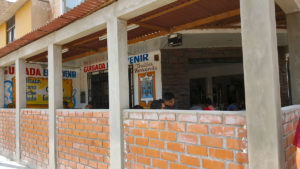
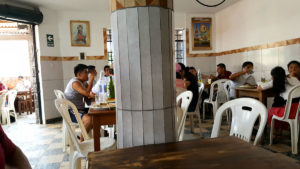

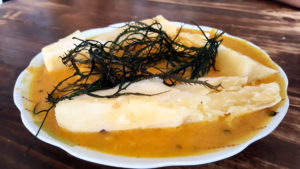

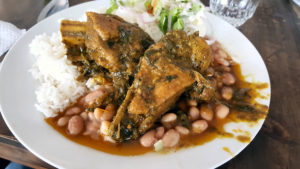
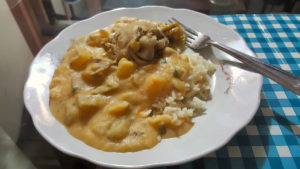
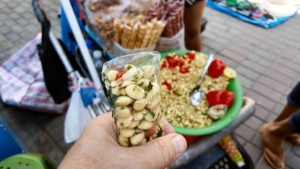
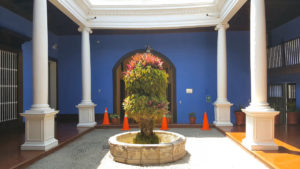
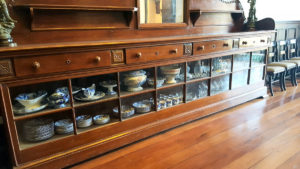
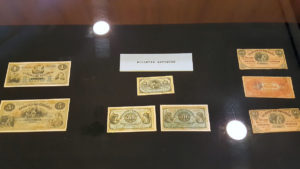
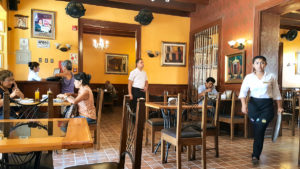
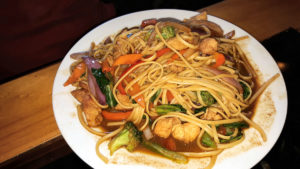
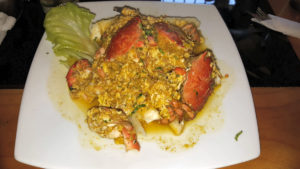
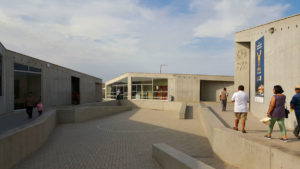
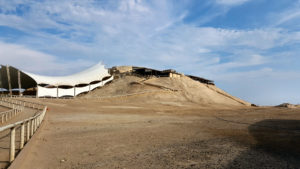
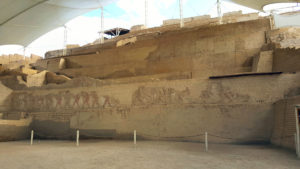
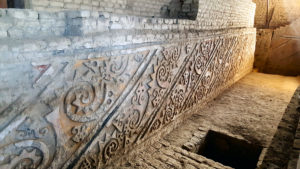
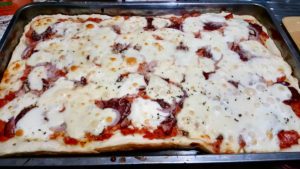
Not surprising at all is that the cho-chos in Argentina were introduced by Italian immigrants (mainly from Genoa).
It was (or is, idk) a common street food in Mar del Plata piers, where there was a large Italian expat community
Indeed, I’d imagine the same in Peru. The Peruvian twist, I suppose, is packing them with cilantro and rocoto peppers. The ones I’ve had in Argentina usually seem to be with a little parsley and garlic. Both good, and of course these days (I don’t know how it used to be), there’s not much in the way of a casual street food scene in most of Argentina.